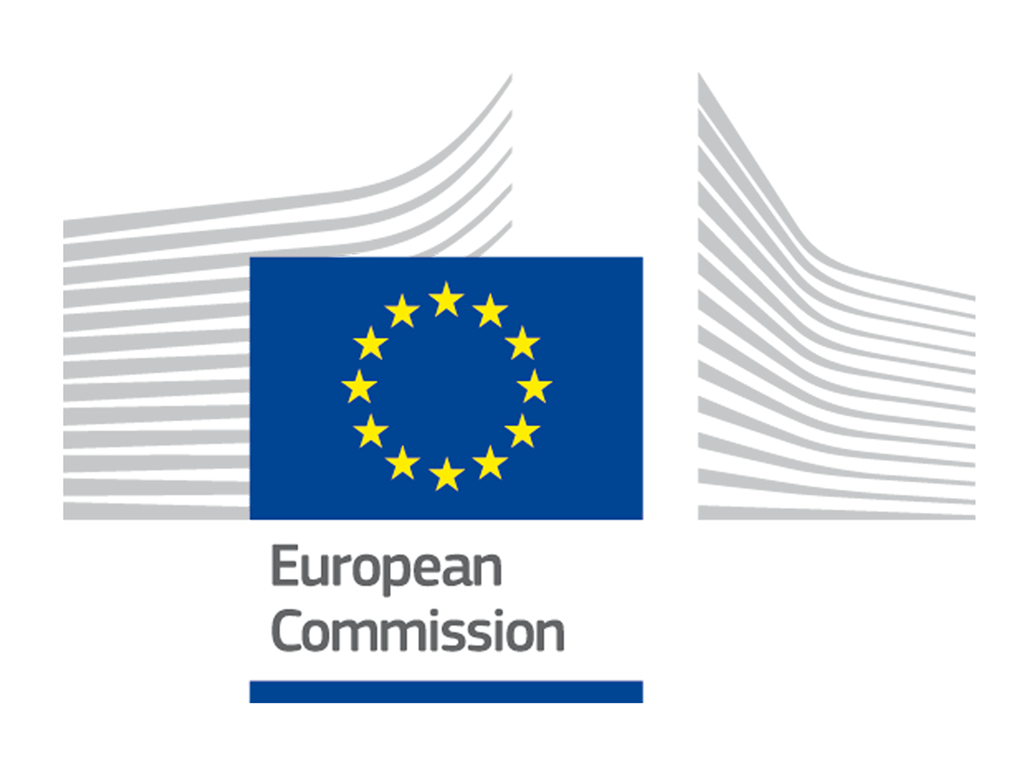Factsheet
 | |
At a glance
Title: Instrument: Collaborative project Total Cost: 11,508,227.29 € EC Contribution: 8,746,951.77 € Duration: 60 months Start Date: 01/12/2013 Consortium: 16 partners from 6 countries Project Coordinator: Peter Knippertz, Karlsruhe Institute of Technology (DE) Project Web Site: www.dacciwa.eu
Key Words: |
Climate Change DACCIWA The challenge
Massive economic and population growth and urbanisation are expected to lead to a tripling of anthropogenic emissions in southern West Africa (SWA) between 2000 and 2030, the impacts of which on human health, ecosystems, food security and the regional climate are largely unknown. An assessment of these impacts is complicated by (a) a superposition with effects of global climate change, (b) the strong dependence of SWA on the sensitive West African monsoon, (c) incomplete scientific understanding of interactions between emissions, clouds, radiation, precipitation and regional circulations, and (d) by a lack of observations to advance our understanding and improve predictions. Project Objectives
DACCIWA will quantify the influence of anthropogenic and natural emissions on the atmospheric composition over South West Africa and assess their impact on human and ecosystem health and agricultural productivity. It will quantify the coupling between aerosols and clouds and identify controls on the formation and persistence of low-level clouds. Further it will identify meteorological controls on precipitation, focusing the transition from stratus to convective clouds and the forcing from weather systems. DACCIWA will quantify the two way cloud and aerosol impacts on the radiation and energy budgets from the cloud scale to the scale of the West African monsoon circulation. State-of-the- art meteorological, chemistry and |
|
air-quality models, satellite retrievals of
clouds, precipitation, aerosols and radiation
will be assessed in close collaboration with
operational centres and research findings
will be communicated to policy-makers,
scientists, operational centres, students,
and general public using a graded
communication strategy.
Methodology
DACCIWA will organise a major field campaign in South West Africa in summer 2016, involving three research aircrafts and a wide range of surface-based instrumentation at three sites in Ghana, Benin and Nigeria. These new observational datasets will be used to challenge satellite retrievals and state-of-the-art weather, climate and atmospheric chemistry models using different spatial resolution and complexity to advance our process understanding and modelling capabilities. Subsequently, new long-term datasets will be generated based on validated satellite observations, newly digitised historical surface observations as well as observations of city scale air pollution and health statistics. These will be used to challenge and assess numerical models on climate time scales, which will then be employed to investigate future developments and their socio-economic impacts. Close collaboration with the operational satellite and modelling centres inherent in the project will lead to reductions in the uncertainties in predictions on weather, seasonal and climate timescales. |
Expected Results
DACCIWA will collect a unique dataset of atmospheric composition and meteorology over southern West Africa from aircraft, satellites and ground sites. This benchmark dataset will provide novel insights into a wide range of processes including interactions between emissions from anthropogenic and biogenic sources, clouds, precipitation and the West African monsoon system. The project will challenge state-of-the-art research and operational models with this dataset to force model improvements and enhancements, generating a next generation of air quality, weather and climate models. These models will then be run under a range of future emissions scenarios to generate a definitive set of predictions for the changing state of the atmosphere and the impact on key climate, meteorological and air quality parameters. This will allow an assessment of impacts on human and ecosystem health in recent and future times and support the development of sustainable policies for this under-evaluated part of the world. | ||||||||||||||||||
| |||||||||||||||||||
